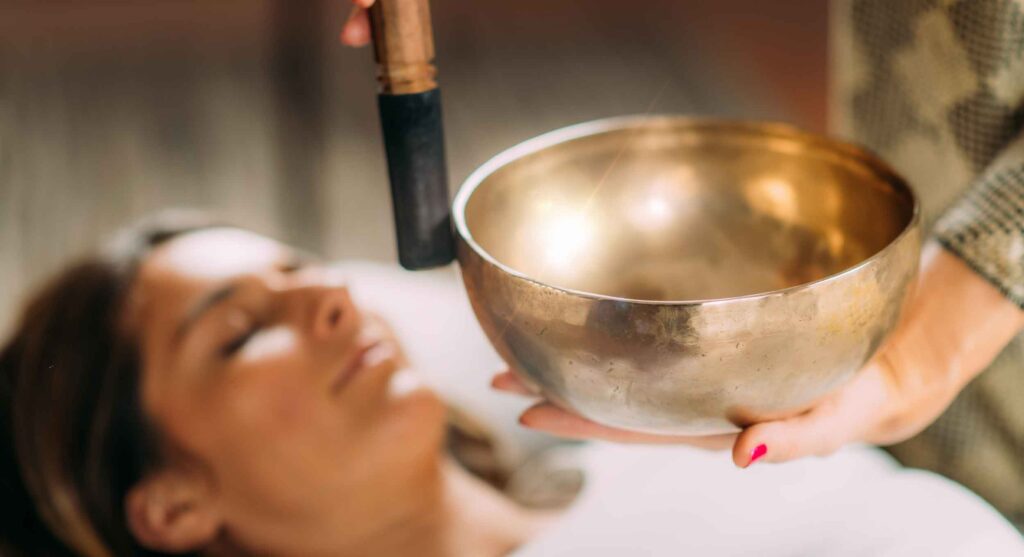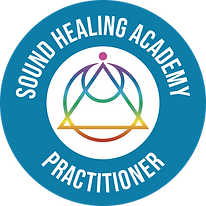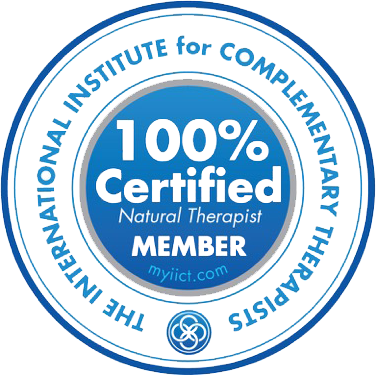In today’s fast-paced world, finding ways to relax, recharge, and reconnect with ourselves is more important than ever. Among the growing array of wellness practices, sound baths have emerged as a powerful tool for stress relief and holistic healing. But what is a sound bath, and how can it benefit you?
What is a sound bath?
A sound bath is an immersive, meditative experience where participants are “bathed” in sound waves produced by various instruments. Unlike a traditional bath, there’s no water involved – only the gentle vibrations and harmonics of sound. Instruments like crystal singing bowls, Tibetan singing bowls, gongs, chimes, drums, and even the human voice create a deeply relaxing soundscape.
Participants typically lie down on a comfortable mat with their eyes closed, often using blankets or eye masks to enhance relaxation. The experience is designed to calm the mind, balance the body, and uplift the spirit.
How is a sound bath any different to listening to relaxing music at home
While listening to calming music at home can be soothing, a sound bath offers a deeper, more transformative experience. Here’s a quick comparison:
| Aspect | Sound bath | Relaxing music at home |
|---|---|---|
| Immersive experience | Live, multidimensional sounds physically surround you and interact with your body through vibrations. | Music provides auditory relaxation but lacks the physical vibrational element. |
| Vibrational healing | Instruments like singing bowls produce frequencies that promote relaxation at a cellular level. | Music may include relaxing tones but doesn’t interact with the body’s vibration. |
| Guided environment | A sound therapist curates a sound journey, responding in real time to participants’ needs. | No sound therapist to provide live guidance or personalised structure. |
| Focus and presence | A dedicated space eliminates distractions for full immersion. | At home, interruptions are more likely. |
| Stress regulation | Sound baths stimulate the parasympathetic nervous system, encouraging calm and restoration. | Music can be calming but may not engage the nervous system as dynamically. |
Both sound baths and listening to relaxing music at home are beneficial. But while relaxing music is a great daily self-care tool, a sound bath is a more holistic and deeply transformative experience that engages your body, mind, and spirit in ways recorded music cannot.
How does a sound bath work?
Sound baths are rooted in the science of sound therapy, which explores how vibrations influence physical and emotional states. Here’s how it works:
- Vibrational healing: Sound waves interact with your body, creating gentle vibrations that release tension and restore balance.
- Brainwave entrainment: The tones in a sound bath encourage slower brainwave frequencies like alpha (relaxation) and theta (meditation), similar to mindfulness practices.
- Energy balancing: Many believe that sound baths clear energetic blockages, promoting harmony and vitality, a concept linked to ancient sound healing traditions.
What can you expect in a sound bath?
During a sound bath, you’ll experience many benefits:
- Relaxation: A deep sense of calm as the sounds wash over you.
- Mindfulness: Heightened awareness of the present moment.
- Emotional release: Many participants feel emotional clarity or release after a session.
- Physical benefits: Reduced tension, improved sleep, and a sense of overall well-being.
Each sound bath is unique, with your experience influenced by the instruments, the sound therapist, and your own state of mind.
Who can benefit from a sound bath?
Sound baths are suitable for almost everyone and can be especially helpful for:
- Stress relief: Reducing anxiety and promoting relaxation.
- Improved sleep: Supporting deeper, more restorative sleep.
- Creative inspiration: Stimulating creativity and intuition.
- Physical healing: Enhancing the body’s natural healing processes.
How to prepare for your first sound bath
If you’re planning your first sound bath, follow these tips for the best experience:
- Dress comfortably: Choose loose, comfortable clothing to help you relax.
- Bring essentials: A yoga mat, blanket, or pillow can add comfort.
- Be open-minded: Let go of expectations and allow the sounds to guide your experience.
- Stay hydrated: Drink water before and after to support tension release.
How to experience a sound bath in Sydney
A sound bath is more than just a relaxing experience – it’s an opportunity to reconnect with yourself, release stress, and find a deeper sense of peace. Whether you’re in Sydney or elsewhere, sound baths offer a transformative way to nurture your mind, body, and spirit.
Curious to try a sound bath? Join one of SoundFlow’s group sound bath sessions in Sydney, or organise a private sound bath for your friends, workplace, or special event. We also offer tailored sound bath experiences for corporate groups, birthdays, mother’s groups, hen parties, women’s circles and more!
For a more personalised touch, book a one-on-one session tailored to your needs –whether it’s stress relief, better sleep, or emotional healing. If you’re in Sydney, get in touch to explore how sound healing can benefit you.
Frequently asked questions about sound baths
Do I need any experience to attend a sound bath?
No experience is needed. Sound baths are open to everyone, whether you’re new to meditation or a seasoned practitioner.
Can children attend a sound bath?
Yes, some sound baths welcome kids, but it’s best to check with the sound therapist as not all sessions are designed for younger participants.
Are sound baths safe for everyone?
Generally, sound baths are safe for most people. However, if you have a sound sensitivity or a medical condition like epilepsy, consult your doctor or the sound therapist beforehand.
How often should I attend a sound bath?
This depends on your personal preferences and wellness goals. Some people benefit from weekly sessions, while others attend monthly or as needed.
What should I bring to a sound bath?
Bring a yoga mat, blanket, eye mask, or pillow for comfort. Some venues may provide these, but it’s good to check in advance.









